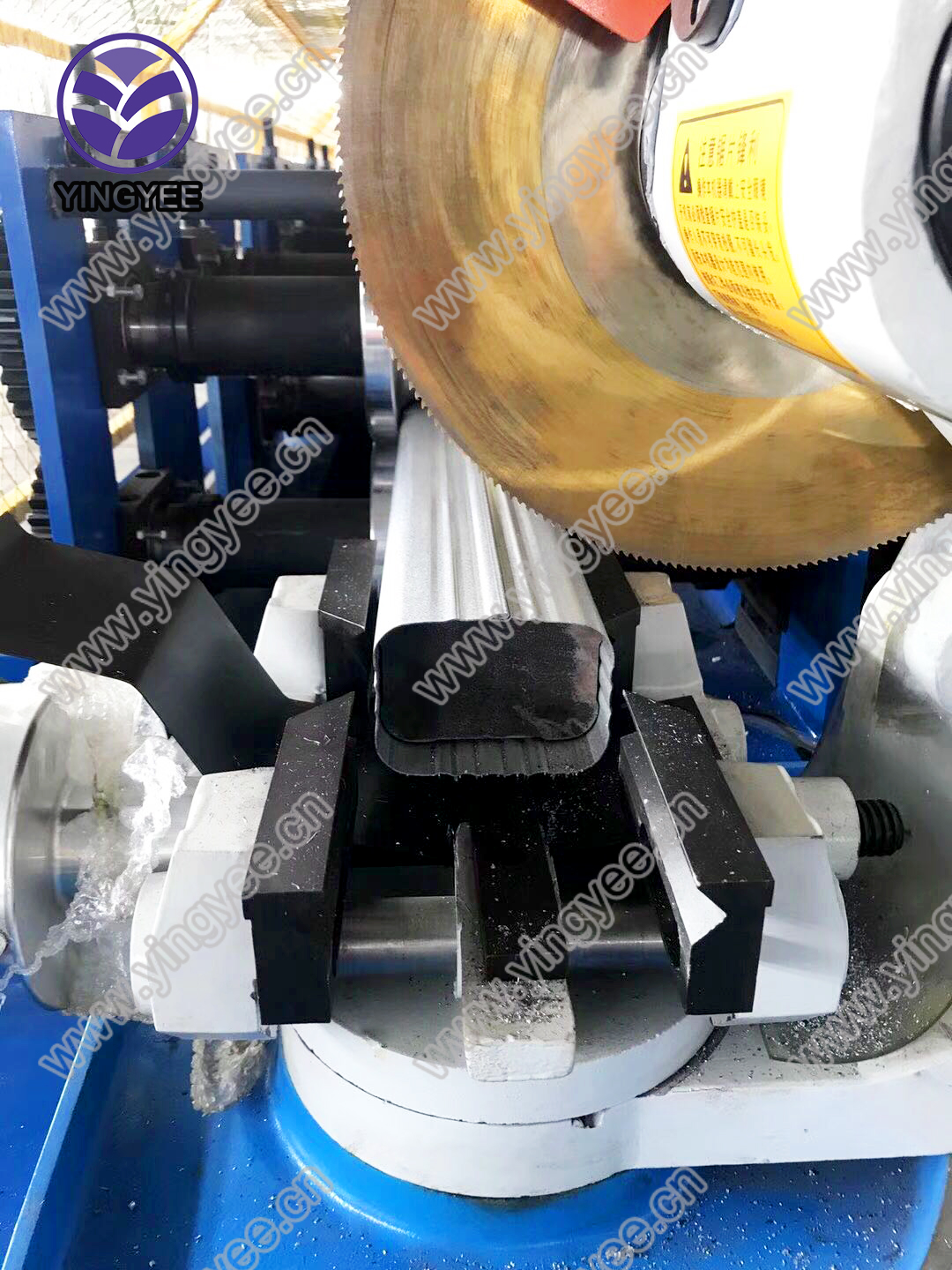
Understanding Corrugated Sheet Roof Roll Forming Lines
In the construction and roofing industries, corrugated metal sheets have gained significant popularity due to their durability, lightweight nature, and weather resistance. The production of these sheets is made efficient and precise through the use of specialized machinery known as corrugated sheet roof roll forming lines. This article delves into the essential aspects of these lines, their operation, and their advantages in the market.
What is a Corrugated Sheet Roof Roll Forming Line?
A corrugated sheet roof roll forming line is a manufacturing setup that transforms metal coils, typically made from steel or aluminum, into corrugated sheets. The process involves several stages, including decoiling, roll forming, cutting, and sometimes, additional processes like surface treatment. The main machinery components include a decoiler, roll forming machine, cutting device, and collection table.
The Roll Forming Process
The roll forming process is a continuous bending operation in which metal sheets are passed through a series of rollers that gradually shape the material into the desired corrugated profile. The precision of this process allows for consistent dimensions, which is crucial in construction where both aesthetics and structural integrity matter.
1. Decoiling The process begins with the decoiling of metal coils. The decoiler unwinds the coil and feeds it into the roll forming machine. This stage is critical as it sets the initial tension and straightness of the metal sheet.
2. Roll Forming As the sheet travels through the roll forming machine, it passes through multiple sets of rollers that shape the sheet into the desired profile, such as sinusoidal or trapezoidal corrugations. The roller arrangement can be customized depending on the specific requirements and designs of the corrugated sheet.
3. Cutting Once the sheet has been formed, it needs to be cut to specific lengths. The cutting device operates either in a flying manner, cutting the sheet while moving, or in a stationary manner. Precision here is key to ensuring each sheet fits the intended application.

4. Collection Finally, the finished sheets are collected on a table, ready for packaging and shipment. A well-designed collection system ensures the sheets are handled without damage.
Advantages of Using Roll Forming Lines
The implementation of corrugated sheet roof roll forming lines offers numerous advantages
- Efficiency Roll forming lines can produce large volumes of corrugated sheets at a rapid pace, significantly reducing production time compared to traditional methods.
- Consistency Automated processes ensure uniformity in dimensions and quality, crucial for building projects where reliability is paramount.
- Cost-Effective By optimizing material usage and reducing labor costs, these lines can result in overall lower production costs, making corrugated sheets more economically viable.
- Customization Manufacturers can easily adjust roller configurations to create various profiles and designs, allowing for tailored solutions based on customer needs.
Conclusion
In conclusion, the corrugated sheet roof roll forming line is an essential part of modern roofing and construction industries. Its efficient production process, coupled with the ability to customize sheets, makes it a valuable investment for manufacturers. As the demand for durable and cost-effective building materials continues to rise, the role of roll forming lines will undoubtedly expand, driving innovation and efficiency in the sector. With advancements in technology, these lines are expected to become even more sophisticated, further enhancing their capabilities and applications in diverse markets.